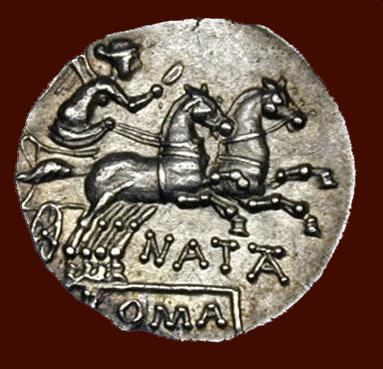




Designed by Nigel G Wilcox


The Paragon Of Metal Detecting
& Archaeology
& Archaeology
Powered By Sispro1
Roman Denarius A.D. - Currency Numismatics,
For Reference ONLY
Everything For The Detectorist
Florian 276 AD
Roman Timeline
Roman Menu
Copyright All Rights Reserved by Nigel G Wilcox E-Mail: ngwilcox100@gmail.com
| 1. Estimated Value 2022 |
1.
A Rare Roman Gold Aureus of Florian (June-August 276 C.E.), With an Exceptional Military Bust Florian, June – August 276
Aureus, Ticinum June-August 276, AV 4.64 g. VIRTVS F – LORIANI A – VG Laureate and cuirassed bust l., holding spear in r. hand and round shield over l. shoulder. Rev. VIRTV – S AV – GVSTI Mars advancing r. carrying spear in r. hand and trophy over l. shoulder; before him, bound captive. C 106. RIC 24. CBN pl. 98, 509 (these dies). Kent-Hirmer cf. 542 (this obverse die). Estiot 6a (this coin). Calicó 4135 (this coin).
Extremely rare. An exceptional portrait of great intensity perfectly struck and centred on a full flan, extremely fine
Ex NFA XXII, 1989, 110; Sotheby’s 8.7.1996, 159 and NAC 24, 2002, European Nobleman, 215 sales.
This is among the earliest regular-issue coins to depict an emperor with shield and spear, a composition that been used occasionally by Gallienus and Aurelian before him, but which only came to be a standard image under Florian’s successor Probus. The shield on our coins is decorated with horseman and enemy motif, instead on all the other known specimens the shield displays no decoration. The inscriptions on both obverse and reverse testify to the valor (virtus) of the emperor, and as such they are an ideal accompaniment to his armoured bust and the charging Mars. The reverse is copied from the most common aureii of his predecessor Aurelian, which were struck in large quantities and must have been well distributed among the soldiers. To gain perspective on this exceptional aureus, we should pause to examine earlier aurei, such as those of Hadrian or Antoninus Pius, to understand how militarised the empire had become by this point in the 3rd Century. In this difficult age emperors tended to be judged on a narrow range of virtues, namely their successes in war and how richly they rewarded their soldiers.
Aureus, Ticinum June-August 276, AV 4.64 g. VIRTVS F – LORIANI A – VG Laureate and cuirassed bust l., holding spear in r. hand and round shield over l. shoulder. Rev. VIRTV – S AV – GVSTI Mars advancing r. carrying spear in r. hand and trophy over l. shoulder; before him, bound captive. C 106. RIC 24. CBN pl. 98, 509 (these dies). Kent-Hirmer cf. 542 (this obverse die). Estiot 6a (this coin). Calicó 4135 (this coin).
Extremely rare. An exceptional portrait of great intensity perfectly struck and centred on a full flan, extremely fine
Ex NFA XXII, 1989, 110; Sotheby’s 8.7.1996, 159 and NAC 24, 2002, European Nobleman, 215 sales.
This is among the earliest regular-issue coins to depict an emperor with shield and spear, a composition that been used occasionally by Gallienus and Aurelian before him, but which only came to be a standard image under Florian’s successor Probus. The shield on our coins is decorated with horseman and enemy motif, instead on all the other known specimens the shield displays no decoration. The inscriptions on both obverse and reverse testify to the valor (virtus) of the emperor, and as such they are an ideal accompaniment to his armoured bust and the charging Mars. The reverse is copied from the most common aureii of his predecessor Aurelian, which were struck in large quantities and must have been well distributed among the soldiers. To gain perspective on this exceptional aureus, we should pause to examine earlier aurei, such as those of Hadrian or Antoninus Pius, to understand how militarised the empire had become by this point in the 3rd Century. In this difficult age emperors tended to be judged on a narrow range of virtues, namely their successes in war and how richly they rewarded their soldiers.

6. Menu
Pages
Information Data
Main Coin Menu
Roman Coin Menu
Member NCMD
R-Art Menu






















